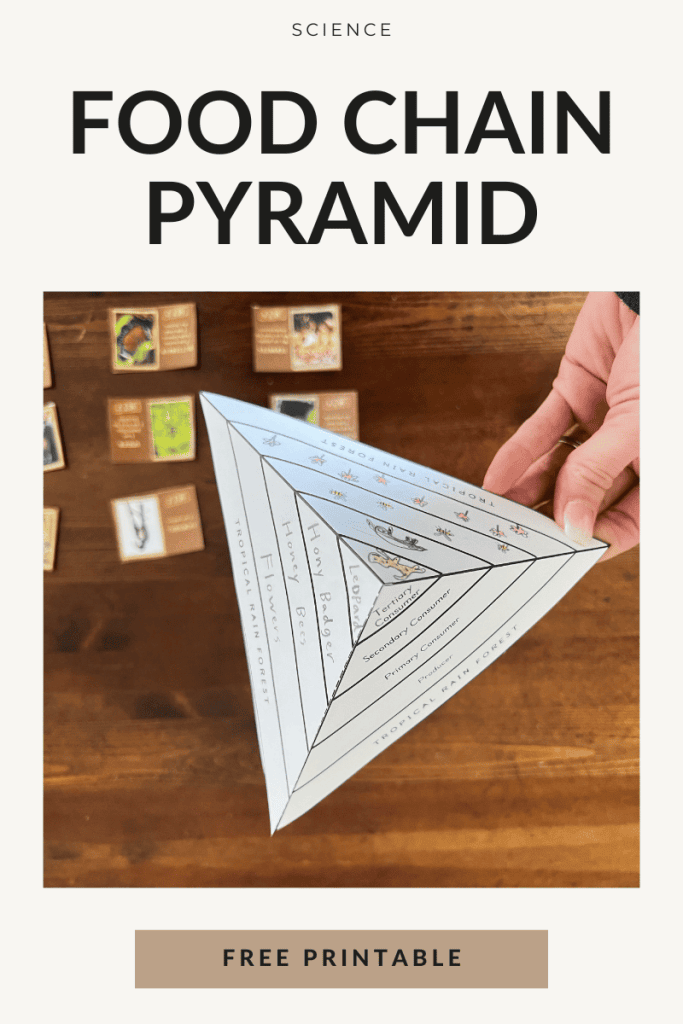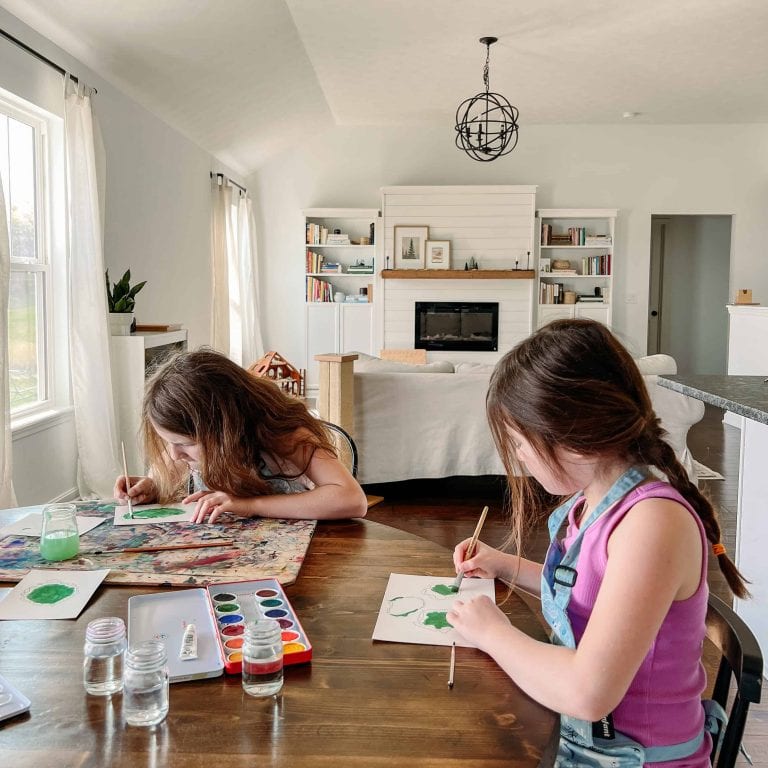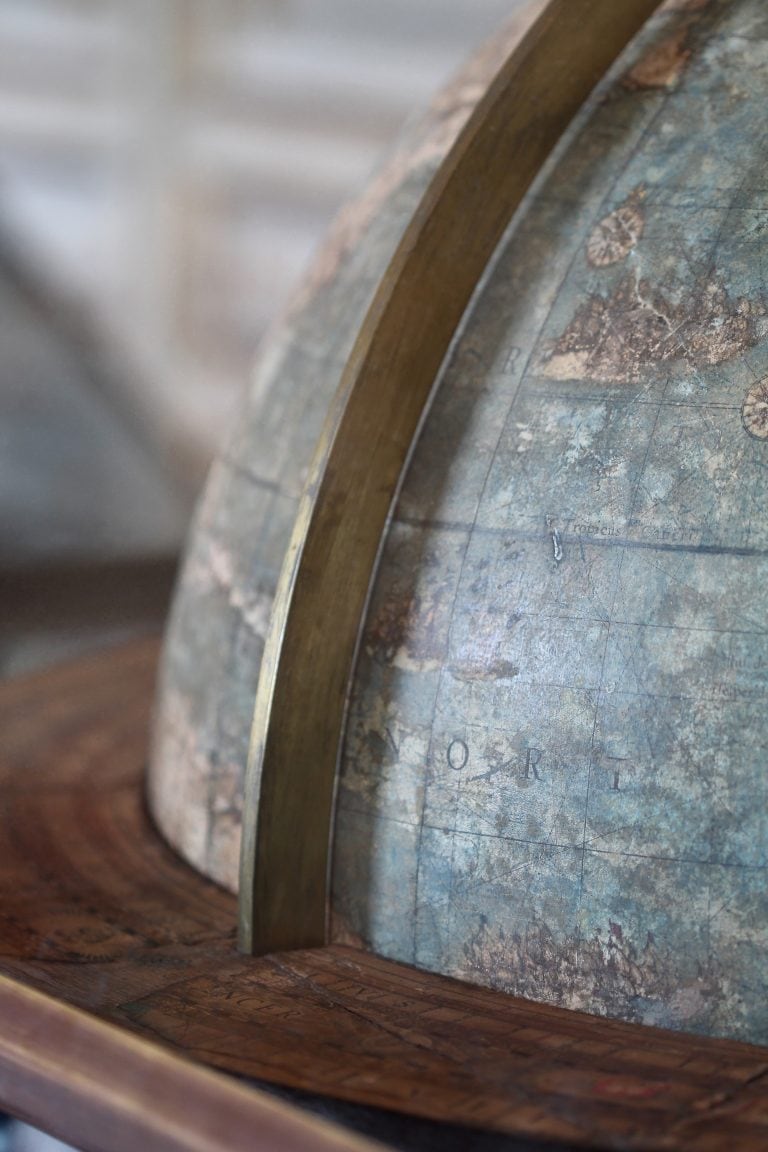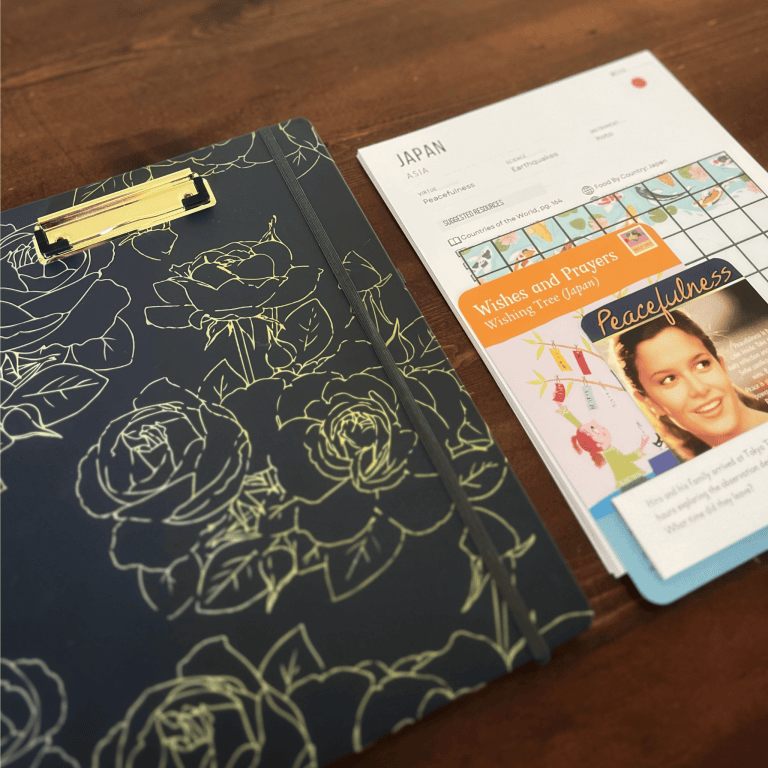Free 3D Food Chain Pyramid Template: Explore Food Chains & Ecosystems Around the World
Give children a fun, interactive way to explore the relationships between plants and animals in different biomes around the world with our free food chain pyramid templates. This hands-on activity lets students visualize the flow of energy within ecosystems by drawing and assembling their own 3D food chain pyramids.
Supplies & Materials
How to Create Your 3D Food Chain Pyramid
1. Choose a Biome
Select a specific biome to study — such as a rainforest, desert, or tundra — or use the blank template to design a custom ecosystem.
2. Research Plants and Animals
Use reference books or the Internet to research the plants and animals that live in your chosen biome. Focus on the different levels of the food chain, from producers to top predators.
3. Draw and Label the Producers and Consumers
On your 3D food chain pyramid template:
- Draw and label 1-2 producers (plants that create energy from sunlight).
- Add a primary consumer (herbivore that eats plants).
- Include a secondary consumer (omnivore or small predator).
- Finish with an apex predator (the top of the food chain).
Encourage students to add colors, details, and background elements to reflect the biome’s environment.
4. Assemble the Pyramid
After illustrating and labeling the food chain pyramid, cut it out and fold along the dotted lines to assemble a 3D model:
- Cut out the pyramid along the solid lines.
- Fold along the dotted lines to form the 3D shape.
- Use glue or tape to secure the sides together.
Once assembled, students will have a hands-on model that brings the food chain to life!

You can get our food chain pyramid templates, along with access to a growing library of educational resources, when you join our newsletter!
the global explorers club
Where Will You Explore First?
Explore our complete collection of literature-based geography and culture unit studies. From hands-on art projects to global games and recipes, our curriculum makes learning an adventure for all ages.




